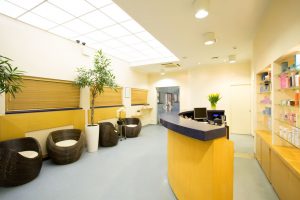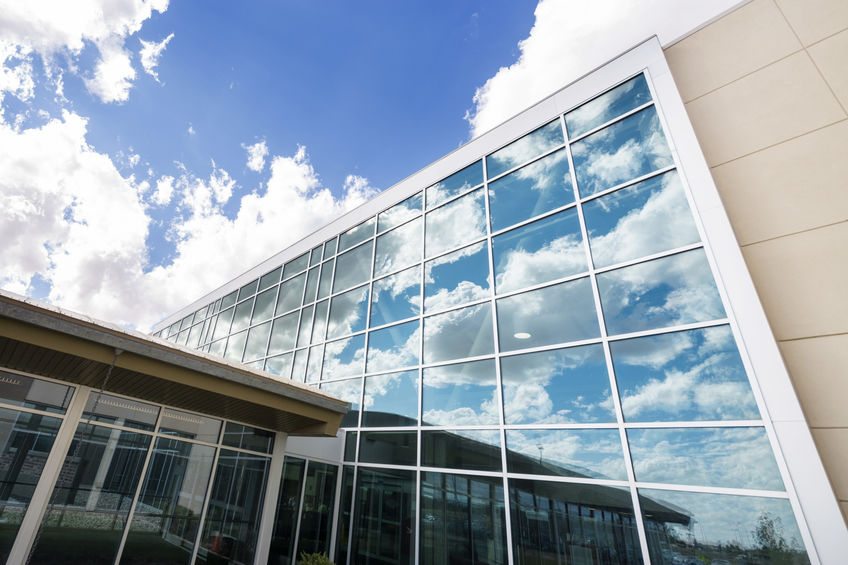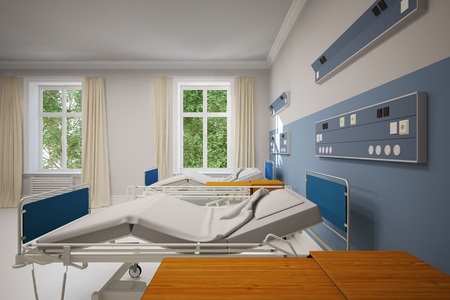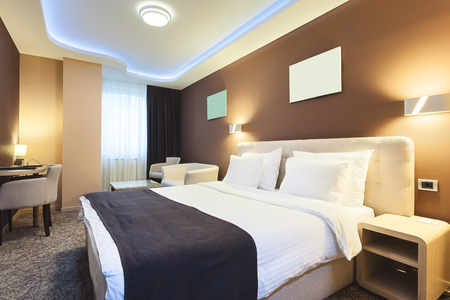The coronavirus pandemic has shown how important it is to have high quality centers for advanced medical care. At the Froedtert & Medical College of Wisconsin, they did just that. In the past few years, they have constructed and completed the Froedtert & Medical College of Wisconsin’s Center for Advanced Care, a 609,000 square foot facility in the heart of Milwaukee, WI.
The Froedtert Center for Advanced Care is intended to treat the rising number of patients while still providing expert care to each and every person who walks in.
It is centered on advanced and specialty care, with various clinics such as the Heart and Vascular Center and the Transplant Center. In all, the facility has 12 floors that are all connected to the campus’ other main buildings through the second floor. There is a universal exam room that can adapt to any patient and any situation, and there is plenty of space to house the many patients that will inevitably visit the Froedtert Center for Advanced Care.
There is cutting-edge work happening both inside and outside the Froedtert Center for Advanced Care. On the inside, the hospital has combined the surgical, interventional, and intensive care areas into one floor. This will better optimize patient flow to allow the hospital staff to more effectively handle the 18,000+ surgeries they perform each year. It also has a split waiting area with windows for visitors to enjoy the views of Milwaukee.
On the outside, the architectural design of the building features various vertical elements in order to lengthen and amplify the appearance of the facility. It has entire walls of glazed windows that reflect the many woods and ponds nearby, as well as an artistic aesthetic reminiscent of many modern art sculptures. Colors and shapes are also repeated throughout the entire building, tying together all of the various parts of the facility.
At Construction Protection Systems, we’re proud to have had the opportunity to play a part, however small, in the construction of Froedtert & Medical College of Wisconsin’s Center for Advanced Care. Stay tuned for more updates from the makers of 1-2-3 Door Shield—the original, reusable door protection system.











Recent Comments